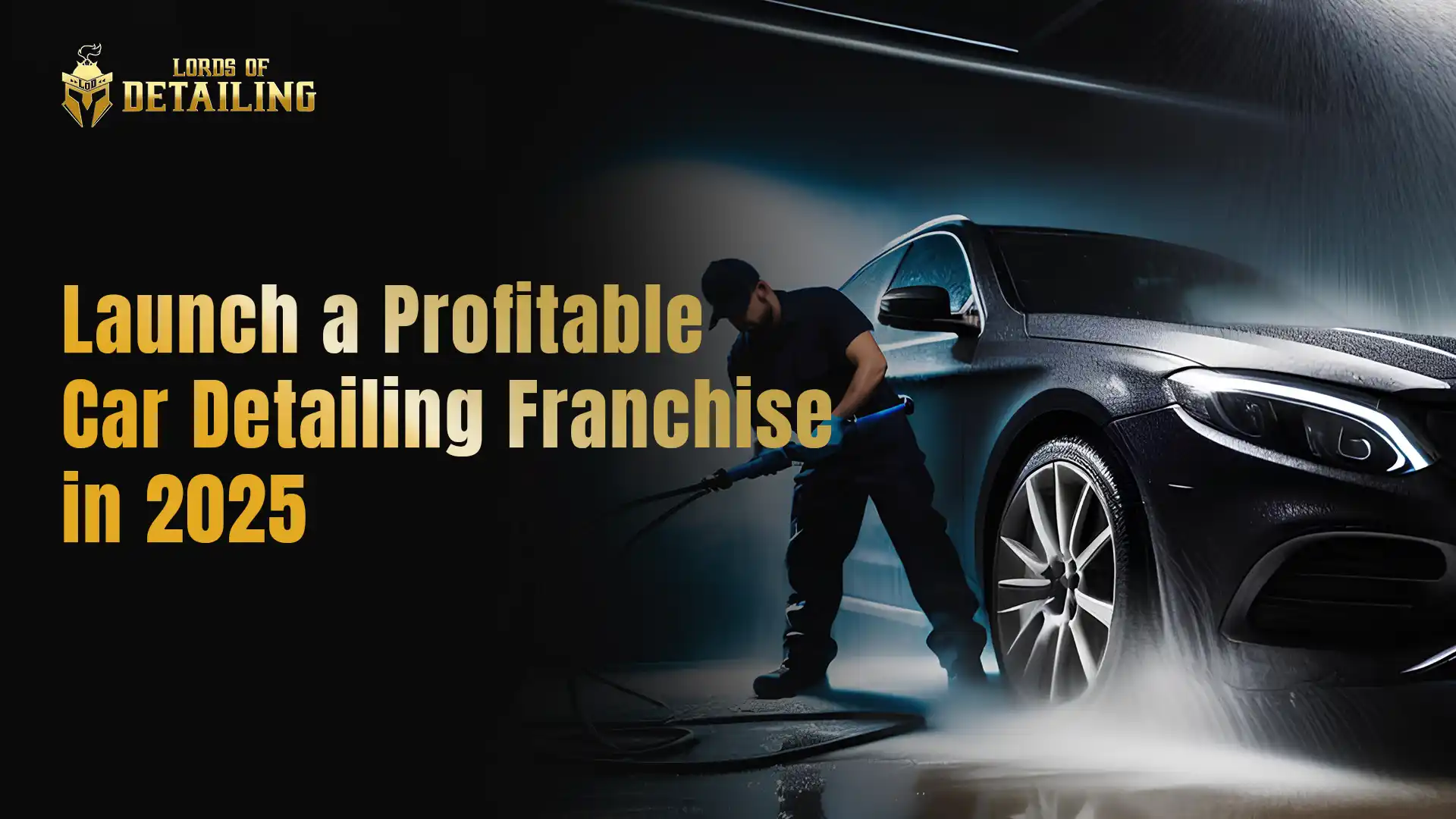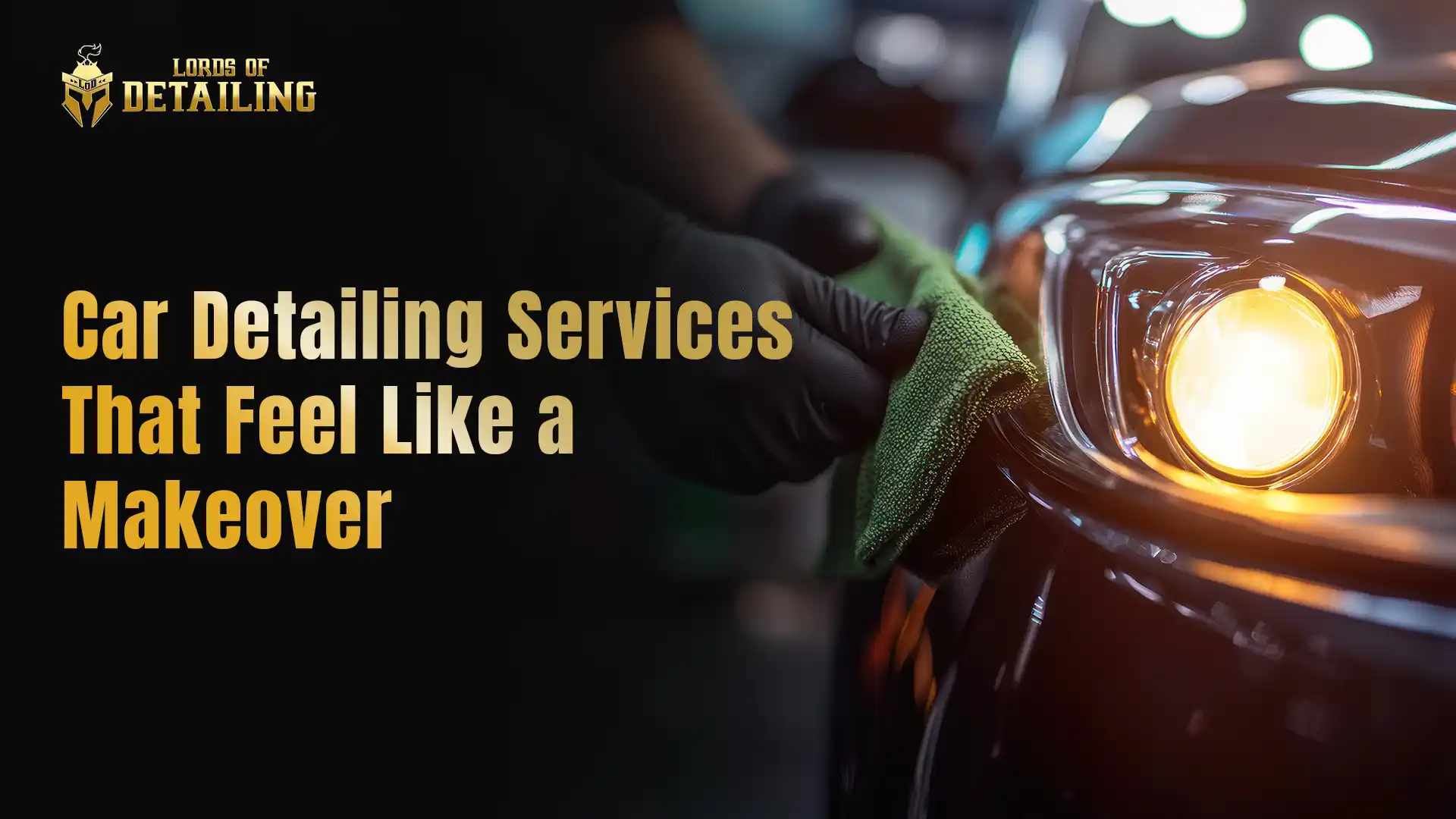
When it comes to keeping your car looking as fresh and polished as the day you drove it off the lot, paint protection is key. Paint Protection Film (PPF) is one of the best ways to safeguard your car’s exterior from the wear and tear of daily driving. In this article, we’ll dive into everything you need to know about PPF services, from how it works to why it’s worth the investment for any car owner.
What is Paint Protection Film (PPF)?
Paint Protection Film, also known as clear bra, is a transparent, durable film applied to the surface of your car to shield its paint from damage. It’s commonly used on high-impact areas like the hood, bumper, side mirrors, and even full-body coverage on luxury vehicles. Whether it’s protecting against rock chips, scratches, or road debris, PPF acts as an invisible shield.
How Paint Protection Film Works
At its core, PPF is a multi-layered thermoplastic urethane material that provides a protective barrier against potential damage. The top layer is designed to absorb impact from small objects like gravel or even minor collisions. Some advanced PPFs also have self-healing properties, meaning minor scratches can disappear with heat exposure, restoring the film’s smooth surface.
The adhesive layer underneath helps it stick securely to the car without affecting the paint, ensuring that the film stays in place for years.
Types of Paint Protection Film
- Self-Healing PPF: These films have the unique ability to self-repair minor scratches and swirl marks. Heat from the sun or hot water can trigger the self-healing process.
- Matte PPF: For car owners who love the matte finish look, this type of PPF gives your vehicle a sleek, matte appearance while still providing top-notch protection.
- Clear Bra PPF: The most common and traditional type of PPF, clear bra film is highly transparent and designed to preserve the car’s original color and shine.
Benefits of Paint Protection Film
There are several reasons why car owners are turning to PPF for long-term vehicle maintenance:
- Protection from scratches and debris: The daily rigors of driving, from road gravel to shopping carts, can easily scuff your car’s paint. PPF absorbs these impacts, preserving the pristine finish underneath.
- UV resistance and paint fading prevention: Prolonged sun exposure can cause your car’s paint to fade over time. PPF is UV-resistant, helping to maintain the vibrancy of your vehicle’s color.
- Maintaining resale value: A well-maintained exterior can significantly boost your car’s resale value. PPF ensures your car’s paint job remains in excellent condition, which can translate into higher offers when it’s time to sell.
Who Should Consider Paint Protection Film?
Anyone who wants to maintain their car’s appearance should consider PPF, but it’s especially beneficial for:
- New car owners who want to preserve that “new car” look for as long as possible.
- Luxury and high-performance vehicle owners, where paint damage can be costly to repair.
- Everyday commuters and people who frequently travel long distances, exposing their vehicles to more road debris and environmental damage.
The Installation Process
While there are DIY kits available for applying PPF, it’s highly recommended to seek professional installation. PPF is a precision product that requires expertise to apply smoothly and without bubbles or misalignments.
Here’s a general step-by-step process of what professional installation involves:
- Cleaning the vehicle: The car’s surface is thoroughly washed and decontaminated to ensure no dirt or debris gets trapped under the film.
- Measuring and cutting: The film is pre-cut to fit the exact shape of the panels being covered.
- Applying the film: Using a special adhesive solution, the film is carefully positioned and adhered to the car’s surface. Installers use squeegees to remove any bubbles or excess solution.
- Curing: After installation, the film needs a few hours to fully set and bond with the car’s paint.
Costs Involved with Paint Protection Film Services
PPF services can range widely depending on a variety of factors. These include:
- Vehicle size: Larger vehicles will naturally require more material and labor.
- Type of PPF: Self-healing or matte films typically cost more than standard clear bra film.
- Coverage area: Full-body PPF applications are much more expensive than partial applications (e.g., just the hood or bumper).
How Long Does Paint Protection Film Last?
When properly maintained, PPF can last up to 10 years. Its durability depends on factors like exposure to the elements, driving conditions, and the quality of the film itself.
Maintaining Paint Protection Film
To keep your PPF in top condition, you should follow some basic maintenance steps:
- Avoid harsh chemicals when washing your car. Use PPF-safe car shampoos and microfiber towels.
- Regularly clean your vehicle, as built-up dirt can wear down the film over time.
- Waxing is unnecessary with most PPFs, as they are designed to remain shiny and clear without additional products.
Can Paint Protection Film Be Removed?
Yes, PPF can be removed without damaging the car’s paint, as long as it’s done properly. Professionals use specific techniques to safely peel off the film without leaving residue or harming the underlying paint.
Paint Protection Film vs. Ceramic Coating
Many car owners debate between PPF and ceramic coating. While ceramic coating offers a layer of protection and enhances shine, it doesn’t provide the same level of impact resistance as PPF. PPF is better for preventing physical damage, while ceramic coating is more about improving appearance.
Choosing the Right Paint Protection Film Service
When selecting a PPF service, it’s important to consider:
- Experience: Look for installers with a track record of successful applications.
- Quality of film: Not all PPFs are created equal; ask about the specific brands and types they use.
- Warranty: Make sure the service comes with a warranty that covers defects or installation issues.
How to Find a Reputable Paint Protection Film Provider
Start by doing online research and reading reviews from previous customers. Look for shops with high ratings and ask to see a portfolio of their past work. Don’t hesitate to ask questions and ensure that the installers are certified.
Conclusion
In the end, Paint Protection Film is a smart investment for anyone looking to maintain the appearance and value of their vehicle. It offers long-lasting protection against the elements, road debris, and minor accidents, making it worth the upfront cost.
Frequently Asked Questions (FAQs)
- How much does PPF typically cost? The cost ranges from $500 to $5,000 depending on the size of the vehicle and the coverage area.
- Can PPF be applied to any vehicle? Yes, PPF can be customized to fit any vehicle type or model.
- Will PPF alter the appearance of my car? No, high-quality PPF is designed to be virtually invisible and maintain the car’s original look.
- How often do I need to replace PPF? Typically, PPF lasts up to 10 years if properly maintained.
- Is it possible to apply PPF over a ceramic coating? PPF should generally be applied directly to the paint, with ceramic coating applied on top if desired.
















 Service Estimate
Service Estimate
 8750305020
8750305020


